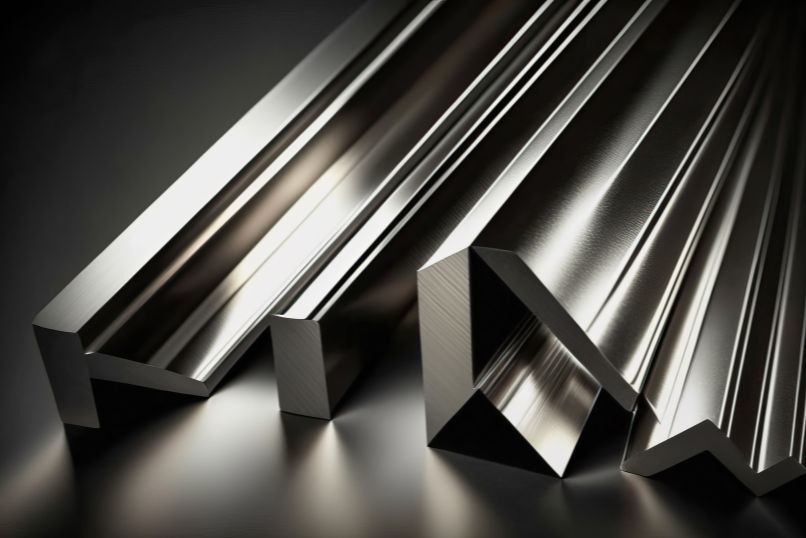When choosing a suitable material for your construction or manufacturing project, there are many factors to consider. Two popular choices are aluminum and stainless steel, both known for their durability and strength.
While both materials have a lot of similarities, they also have some distinct differences. Let’s look at the difference between aluminum and stainless steel so you can make an informed decision.
Durability
Both aluminum and stainless steel are durable but possess different levels of strength. Aluminum is softer, making it less resistant to scratches or dents. Stainless steel, on the other hand, is harder and less malleable. It’s more resistant to scratches and abrasions, making it a popular choice for kitchens and other high-traffic areas.
Corrosion Resistance
One of the main differences between aluminum and stainless steel is how they react to corrosion. Aluminum is prone to oxidation and can quickly corrode when exposed to moisture. At the same time, stainless steel is naturally resistant to rust and corrosion, making it ideal for outdoor use or in areas frequently exposed to water or moisture.
Weight
Another difference between aluminum and stainless steel is their weight. Aluminum is a much lighter-weight material than steel, making it an ideal choice for applications where weight is a factor, such as in airplanes or boats. Stainless steel, on the other hand, is heavier and more durable, making it a better choice for structural or load-bearing applications.
Cost
The cost of materials is always a factor when deciding which one to choose. Aluminum is generally less costly than stainless steel, making it more accessible and affordable for various construction or manufacturing projects. Different steel versions like 430F stainless steel are more expensive than aluminum but provide better resistance to wear and tear.
The choice between aluminum and stainless steel depends on what you need for your specific project. Aluminum is an excellent choice for lightweight applications that require less strength or durability. On the other hand, stainless steel is ideal for applications where corrosion resistance and strength are critical, making it a popular choice for kitchens, marine applications, and structural projects. By understanding the differences between the two materials, you can make an informed decision and choose the right material for your project.
Wieland Diversified has a wide selection of aluminum and stainless steel products so that you can find the best material for your project. Contact us to learn more about our selection and get help with your next undertaking.

